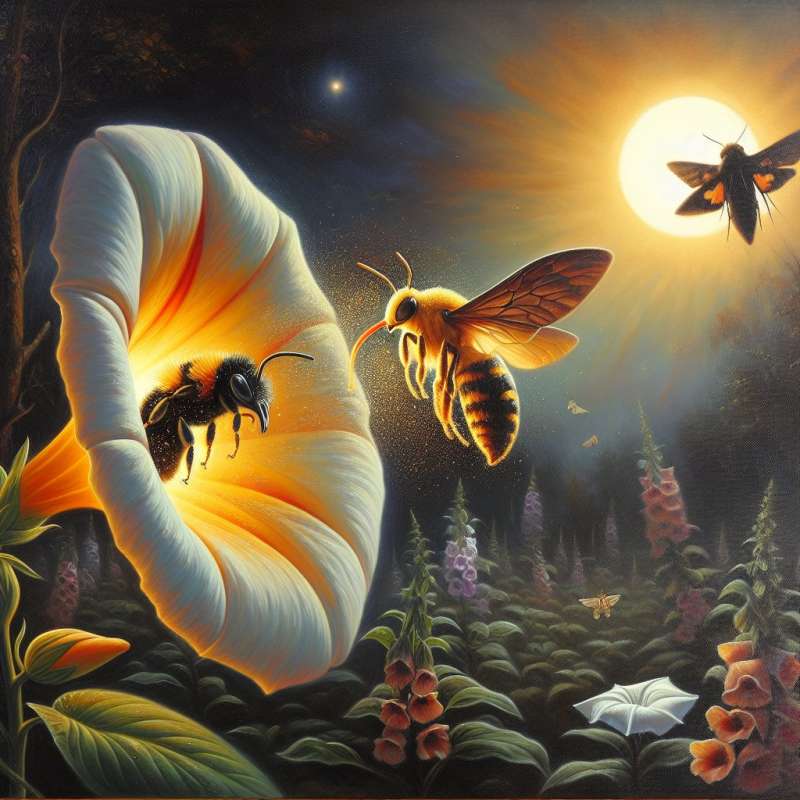
Flower Structure Basics
Flowering plants, or angiosperms, possess reproductive organs called flowers. Each flower has male (stamen) and female (carpel) parts, which may exist on the same or separate flowers.
Pollination and Fertilization
Pollination is the transfer of pollen from anthers to stigmas, often aided by wind or animals. Fertilization occurs when a pollen grain grows a tube to an ovule, enabling sperm to unite with an egg.
Seed and Fruit Formation
After fertilization, the ovule develops into a seed. The surrounding ovary grows into a fruit, which protects the seed and aids in its dispersal, sometimes in surprising ways like exploding seed pods.
Diverse Pollination Strategies
Plants have evolved diverse pollination strategies. Some flowers mimic female insects, tricking males into transferring pollen. Others open only at night, relying on nocturnal pollinators like bats and moths.
Germination Process
Seeds remain dormant until conditions are right for germination. This process begins with water absorption, triggering enzyme activation, food mobilization for the embryo, and eventually the emergence of a seedling.
Sexual Reproduction Variations
Some plants can self-pollinate, ensuring reproduction in isolation, while others prevent this to promote genetic diversity. Cleistogamous flowers never open, guaranteeing self-pollination, and are found in violet species.
Genetic Diversity Importance
Cross-pollination between different plants increases genetic variation, which is vital for adaptability and survival. It leads to stronger, more resilient plant populations, capable of withstanding environmental changes.Odd Pollinator: Lemurs
In Madagascar, lemurs are primary pollinators for the traveler’s palm, using their snouts to gather nectar and inadvertently transferring pollen.
What are angiosperms' reproductive organs?
Leaves and roots
Flowers
Stems and branches
Company